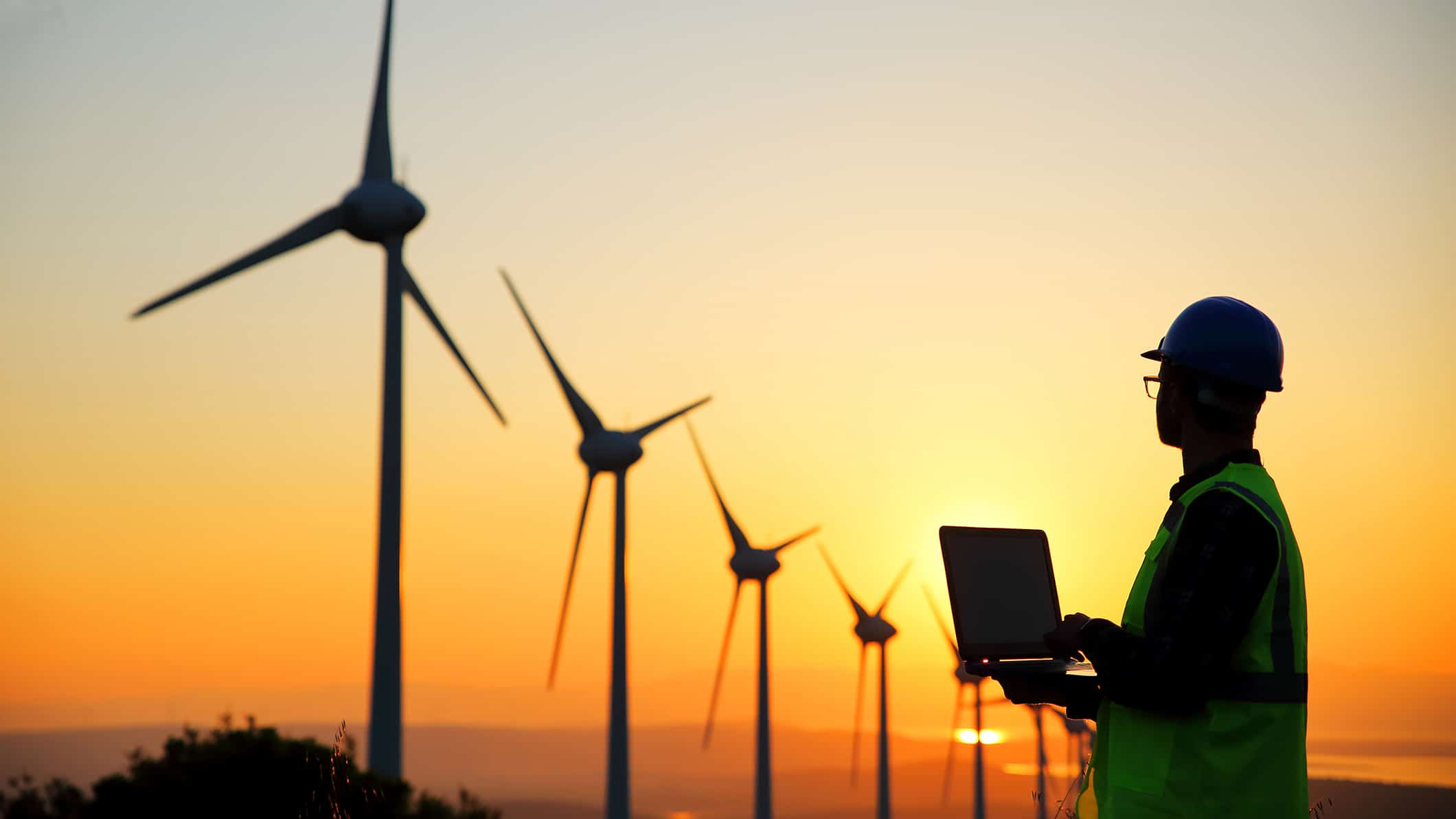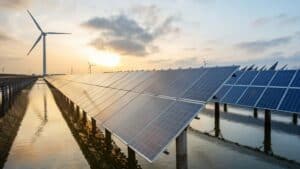Few global issues are as important as the energy transition. With global temperatures continuing to surpass Paris Agreement targets, people and policymakers everywhere are talking more and more about clean, renewable, and green energy. While these terms often seem synonymous, there are subtle yet important distinctions that are important to understand. Let’s take a closer look at the differences between clean, renewable, and green energy.
Renewable Energy:
Renewable energy is a subset of energy that is considered to be inexhaustible because it comes from sources that can be replenished both quickly and naturally. Popular renewable energy sources include wind, solar, thermal, and hydro energy. For the most part, renewable energy sources don’t emit any greenhouse gases, with the exception of large hydropower plants. Hydropower can significantly contribute to greenhouse gas emissions since many water storage reservoirs have underwater microbes that consume organic matter and release methane and carbon dioxide into the atmosphere. Therefore, while many renewable energy sources, such as wind and solar energy, have positive benefits for the environment, not all renewable energy sources are considered to be forms of “clean energy” in terms of their greenhouse gas emissions.
Clean Energy:
Clean energy includes any energy that is created from processes that don’t release greenhouse gasses into the atmosphere. Nuclear energy – energy derived from nuclear decay and nuclear fission reactions – is perhaps the most notable clean energy source. However, other forms of renewable energy, such as wind and solar, are also considered clean energy sources since they don’t emit greenhouse gasses. Although wind and solar energy are also forms of clean energy, it’s essential to understand that clean energy isn’t always renewable since it doesn’t replenish itself naturally.
Green Energy:
Green energy is a type of renewable energy that releases little to no pollution in the form of greenhouse gasses, radiation, or other contaminants that may damage the environment. Although some forms of green energy may alter the environment on a small scale, green energy doesn’t threaten ecosystems with habitat loss or extinction. Some green energy sources include wind, solar, and geothermal energy.
In Summary:
- Renewable energy naturally replenishes itself and may or may not be clean energy, depending on its carbon emissions.
- Clean energy is derived from sources that don’t create greenhouse gas emissions, but it isn’t necessarily always renewable.
- Green energy is both renewable and clean, and it doesn’t pollute the atmosphere or the environment.
Why We Need Renewable, Clean, and Green Energy for a Sustainable Future
Despite the differences between renewable, clean, and green energy, they are each integral aspects of our energy transition. As we hone in on Paris Agreement targets, our world demands innovative, collaborative solutions that combine renewable, clean, and green energy sources to power the future of energy.
Are you interested in learning more about collaborative energy solutions? Check out www.globalenergypark.com.



